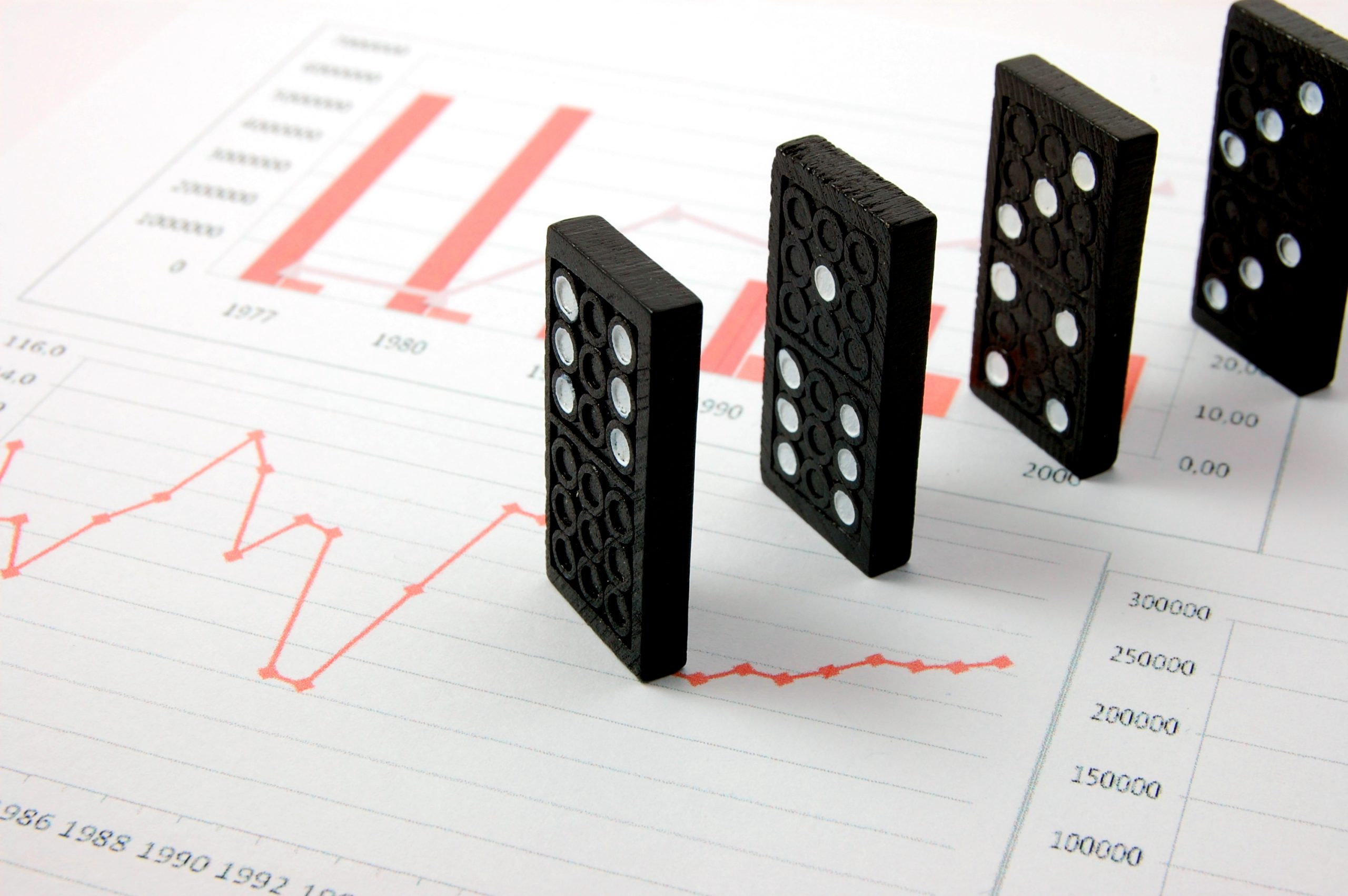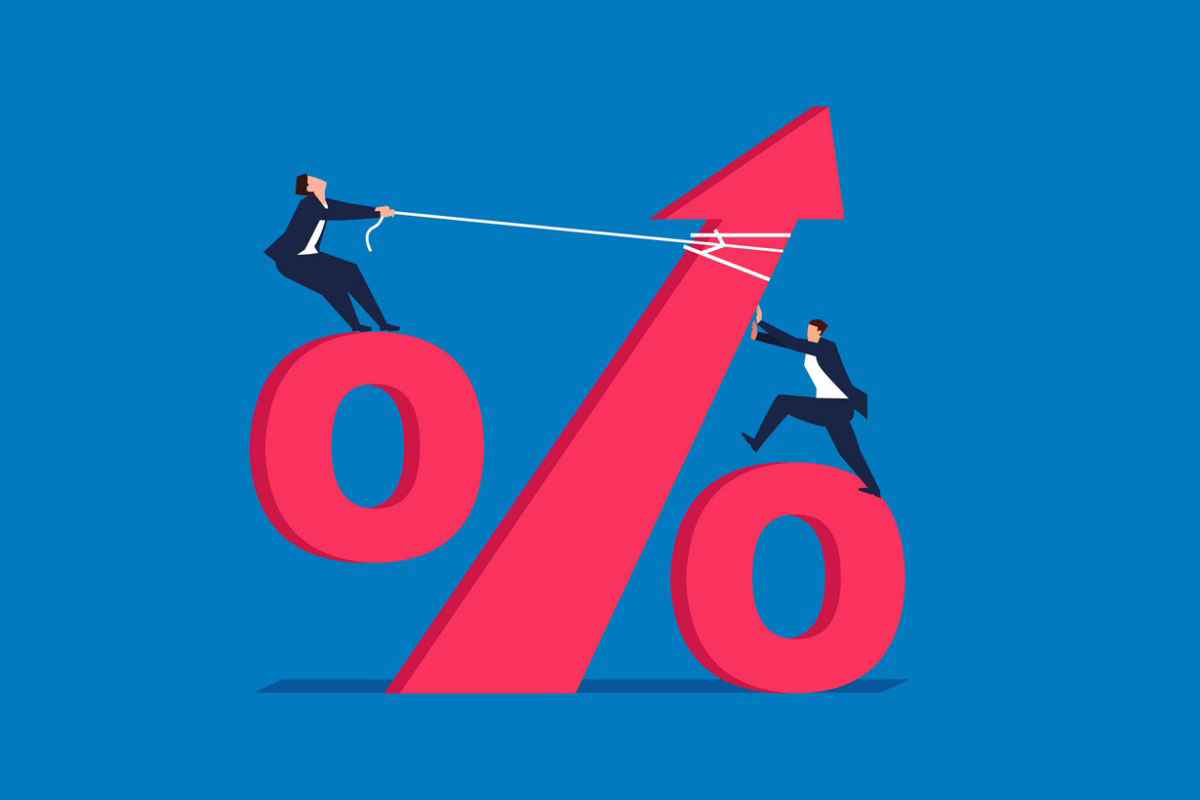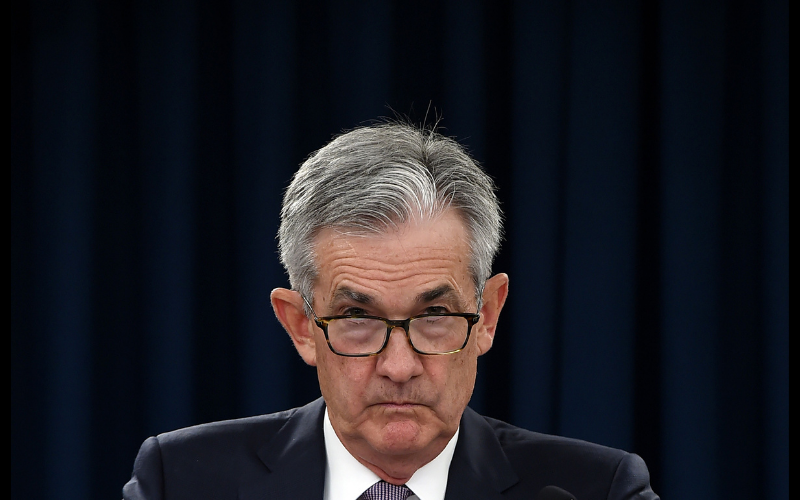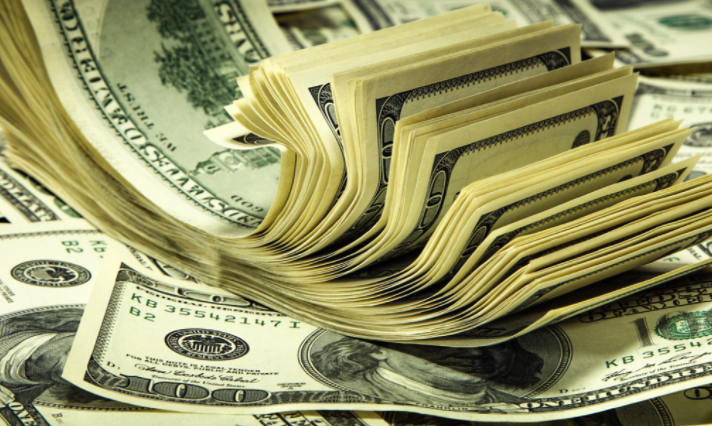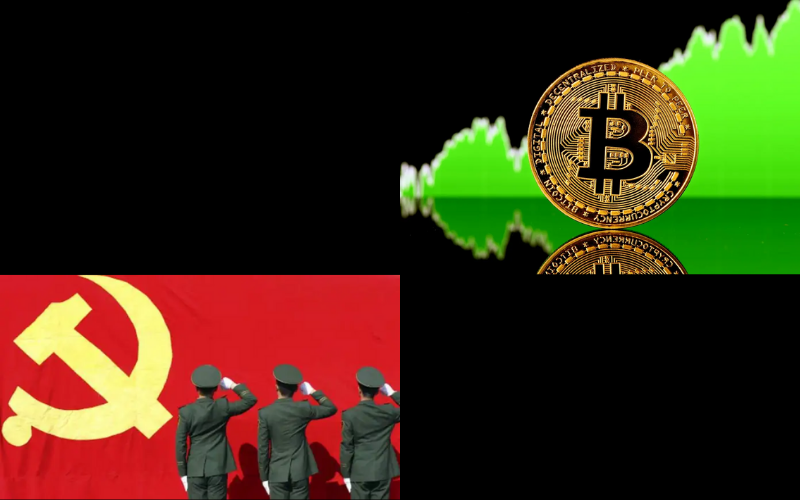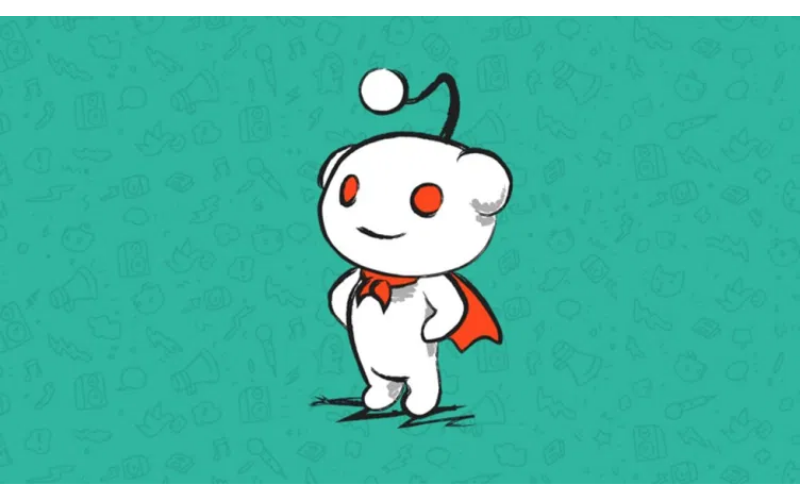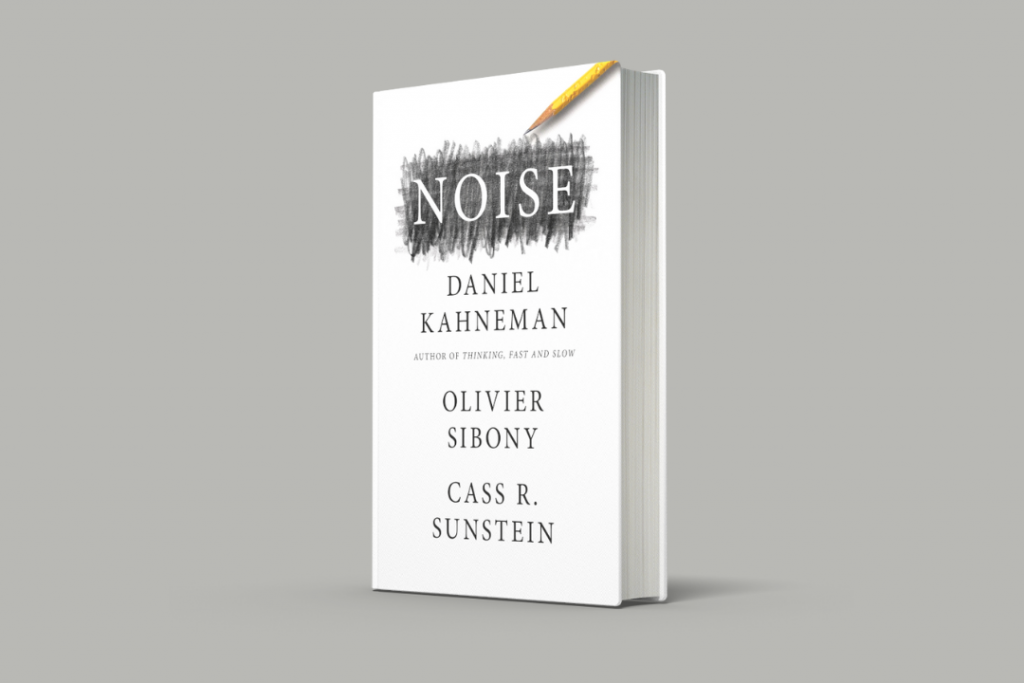
- In professional judgement there is a massive divergence between actual and expected
- Trading is particularly susceptible to “noise”
- A “noise audit” is the first step to dealing with the problem
In professional judgement there is a massive divergence between actual and expected
In his new book, “Noise” Danny Kahneman talks about a consulting project he once performed for an insurance company. In insurance the field of underwriting (deciding how much premium to charge) is as much an art as it is a science. For many rudimentary policies like life and auto the statistics are so vast that the numbers almost set themselves but for many special cases for which corporate America requires protection the cost of coverage can vary widely based on the opinion of the underwriter.
Kahneman asked the executives of the insurance company what they thought was the average variance in opinion between the different underwriters. Almost all the executives thought the number was somewhere around 10 percent. The actual number turned out to be 55%. This dynamic of underestimating the true difference in opinions on seemingly “expert” matters turned out to be true in every profession that Kahneman and his colleagues studied. From doctors to judges to accountants the variability of opinion on a given “expert” subject was far larger than we would expect. It turns out that despite all of our education and training we are far more subjective creatures than we like to think.
Trading is particularly susceptible to “noise”
Kahneman suggests that the first act of any business is to do a “noise audit” to see just how much variability there is in the judgements made in that business, so this past Friday afternoon I decided to take him up on it. I had been trading sloppily all day. I knew I had deviated from my setup but I thought that at the very worst I was basically 50% off my setup (taking about half my trades outside of my rules) Guess what the true number was? I was 89% off my setup. Only 2 out of the 17 trades I took during Friday afternoon were actually on set up. That stat slapped my psyche harder than any pimp could and I sat there staring at the screens for quite a while realizing just how right Kahneman was.
A “noise audit” is the first step to dealing with the problem
If every trader would do an honest “noise audit” of the variance between the “proper” set up trades and the actual trades the results may not be as horrible as mine but I bet they would be significant nevertheless. Fortunately for all of us trading is the one discipline that provides instant and continuous feedback so that if we really want to improve – we can.
Kahneman shows that in many other fields there is almost no feedback to the participants’ actions. Bail judges don’t know if their decisions were too lenient or too strict. Underwriters don’t know if they priced the policy too cheaply or too expensively and so on and so forth. Not so in the market. The market is a never ending feedback loop but most of us choose to blithley ignore its message for a variety of reasons that are too complex to discuss here.
But we really don’t need to dive deeply into all of our psychological flaws and foibles to fix this problem. We just need to create a simple system audit. Kahneman cites the airline industry as the model of this behavior. The best airlines and air traffic control systems assiduously study not only the rare accidents, but also the near misses in collision to see what protocols they can improve. The net result is that despite planes being the most complicated mass transit vehicles ever created, flying is actually the safest form of travel.
Planes and air traffic controllers of course rely on a variety of sensors to help them build an effective feedback loop and Kahneman suggests that we should mimic that process as much as possible in every other facet of our lives. He notes for example that it was only recently that engineers started to put sensors on bridges to provide early warning systems on the amount of stress in the structure at any given time – a move that is likely to save untold lives in the future.
For us as traders we do not need anything more sophisticated than a pen and a notepad. We don’t even need to write any actual words. All we need to do as our first step towards noise reduction is to just demarcate setup/nonsetup with a dash on a two column sheet of paper. The process MUST be manual because as many psychologists will tell you only through physical action can we even begin to come to terms with the truth of our behavior.
This is not trade analysis. This is not deep journaling. All those acts are valid and worthy endeavors that most of us will never do. This is just the most primitive record keeping similar to 5000 year clay tablets constructed by Sumarian barley farmers. And that’s precisely the point. The simple running audit will force you to do two things. Slow down your trading just at the point when speed is the most dangerous course and physically confront you with the fact that you are trading off setup.
The human capacity for self-delusion is limitless. I certainly am a keen practitioner of that “skill”. But the beauty of the markets is that they are an endless feedback loop that can help us discover the truth if we just stop bull-ting ourselves and take true stock of the situation.


